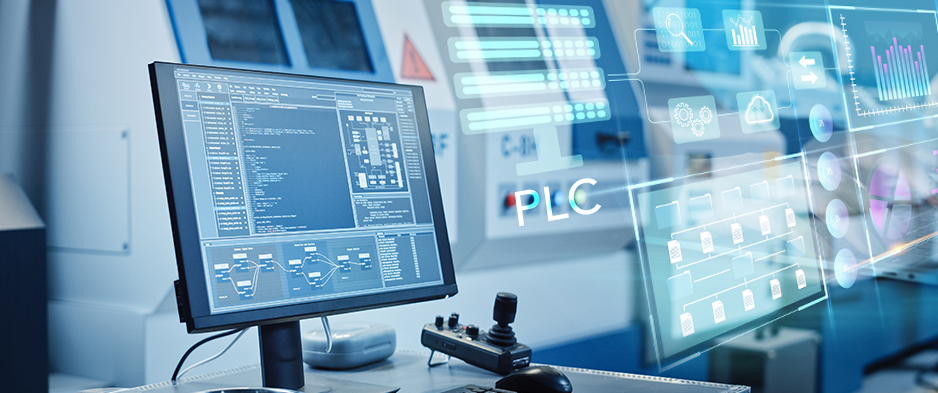From size to automation in industrial control networks, virtual PLCs help overcome many of the limitations of conventional ones. These devices represent a further step forward in the industrial digitalization process, as they are software-based and do not require physical hardware. In this way, companies can count on more flexible and modular growth, as well as increase efficiency in their production facilities.
In this article we’ll go through the main advantages of virtual programmable logic controllers.
Main advantages of virtual PLCs in automation
Flexibility
In Industry 4.0, more and more emphasis is placed on ad hoc solutions for each company or activity. These customizations, however, involve programming the PLCs every time a new specific product is requested. Which, obviously, lengthens production cycles. Virtual PLCs, on the other hand, allow you to perform multiple configurations for different customizations at the same time. This translates into time savings and more efficient use of resources only on-demand.
Scalability
Conventional PLCs pose several challenges to plants that want to expand due to their size and available space. Virtualization makes it possible to expand your automation processes by developing and testing new control strategies before implementing them on physical PLCs. This reduces costs and risks of error during expansion.
Efficiency
With virtual PLCs they are integrated into industrial edge computing and make it possible to separate hardware and software. This allows you to manage applications centrally and automate process phases in a data-centric and software-based way.
Reduced costs
Virtual PLCs eliminate or reduce several costs. First, hardware costs, since you no longer need to purchase hardware or physical hardware components, such as controllers, modules, and cabling. As a result, maintenance and hardware replacement costs are also eliminated. Being software-based, virtual PLCs can be upgraded more easily.
Remote access and monitoring
The ability to access and monitor virtual PLCs remotely decreases the need for on-site personnel. In addition to cutting costs, it is particularly useful in situations where the plant or industrial devices are located in inaccessible or dangerous places.
Training and simulation
One of the main advantages of virtual PLCs concerns the field of training and simulation. Operators and employees can be trained in programming and using the PLC without the need to invest in often expensive hardware configurations. Furthermore, virtual PLCs are easily integrated with simulation software. Thus, development and testing can be performed without the need for physical prototypes.

